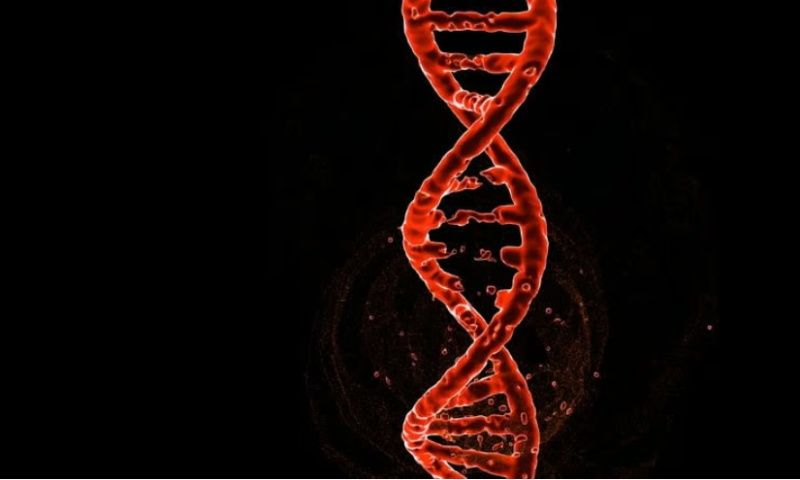Cure Rare Disease has shared a deep dive into the death of the only participant in a gene therapy trial. The nonprofit and its collaborators tied the death of a patient with Duchenne muscular dystrophy (DMD) to an immune reaction to the viral vector, raising concerns about dosing older, more advanced people.
Commercial development of DMD gene therapies has focused on younger patients, with Sarepta Therapeutics limiting enrollment in its phase 3 trial to children aged 4 to 8 years old. The restrictive recruitment criteria have stopped many DMD patients from accessing gene therapies in clinical trials run by Sarepta and its rivals. The patient dosed in the Cure Rare Disease clinical trial was 27 years of age, and the therapy had been designed for him.
Last year, the nonprofit reported that the patient, who was the brother of its CEO, died after receiving the therapy. The death led to an investigation into what happened after the patient received the therapy, which was designed to use CRISPR transactivation to upregulate an alternate form of a key DMD protein.
Writing in preprint journal medRxiv (PDF), Cure Rare Disease described the findings of the investigation. A post-mortem showed injuries to the patient’s lungs, likely caused by a strong immune reaction to the high dose of the adeno-associated virus (AAV) vector that was given to try to ensure sufficient expression to achieve a therapeutic effect. There was minimal expression of the transgene in the liver.
At 1×1014 vg/kg, the studied dose was similar to that tested in other clinical trials but resulted in a higher vector genome load, a finding the researchers attributed to the patient’s lower lean muscle mass, 45%. The analysis suggests the patient had “a more severe innate immune reaction than others receiving similar or slightly higher doses of rAAV in microdystrophin gene therapy trials.”
Based on the finding, the researchers identified a need for more data on the characteristics that may predispose people to severe innate immune reactions and concluded “dose determination will remain a challenge for custom-designed AAV-mediated therapies, as by definition the precise therapeutic dose will not have been established.”
As for the application of CRISPR, the researchers said the toxicity and eventual death of the patient meant that an assessment of the safety and efficacy of the treatment was not possible.
Cure Rare Disease plans to continue its programs with alternative vectors.

